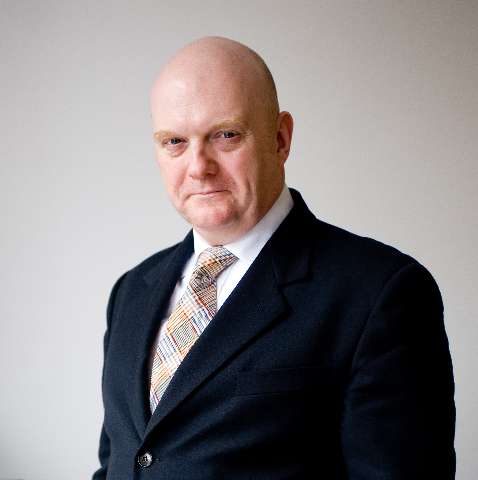Two more world premieres graced the fourth repertory selection from Pacific Northwest Ballet, further enhancing that company’s reputation for its sense of adventure in commissioning new work to be performed on the stage of Seattle’s McCaw Hall even without an audience to enjoy it from the seats. These two works were filmed in March and presented alongside an archive film of Alexei Ratmansky’s Pictures at an Exhibition.
The programme opened with a brief ballet that evoked nostalgic memories of work by Agnes de Mille and Martha Graham: that is to say, in dance inspired by the American frontier; the world of the cowboy, the prairie and endless blue, cloudless skies. Seattle-based choreographer, Donald Byrd has over 100 works to his credit, including those which have tackled the big issues of racism, climate change, gender equality and police brutality in often unconventional and confrontational ways. In And The Sky is Not Cloudy All Day, Byrd presents an Oklahoma-style idyll of cowboys in the mid-western frontier territories, visually represented – simply, but powerfully – in a tall but narrow opening onto a panorama of prairies and mountains beyond (as if we were viewing that land through the open door of a barn) but, in doing so, Byrd makes his audience confront the reality of what is missing: the indigenous people – the so-called “Indians” – and the fact that this land was taken from the people who had lived there for centuries.
The lasting resonance of Byrd’s work is in presenting this romantic image as a kind of mask that we, the audience, could choose to either wear or remove. Just six cowboys inhabited this macho mid-western ranch, led by two soloists (Kyle Davis and Dylan Wald) and the digital format enabled their entrances and exits to be disguised; one cowboy became silhouetted against the bright pastures in the backdrop (the grass moving through the seasons from vibrant green to rusty brown) only to emerge from the black shape as a different man; even a chair arrived on set, as if by magic.
If I have a criticism it is that we discern very little about these men. Davis’ character appeared to be the rodeo star, his movement motif punctuated by rotating hips and arms as if mimicking the imagined steer-grappling lasso; whereas Wald’s cowboy was the more enigmatic and it is he who ends the work silhouetted in the chair, wistfully staring out over the distant landscape as the light fades, accompanied by a few bars of an old recording of Home on the Range that provided the lyric for ballet's ironic title. The earlier music is a selection of pieces by John Adams, which suggested a similar aural atmosphere to that of Aaron Copland’s music for de Mille (Rodeo) and Graham (Appalachian Spring). My guess is that the cowboy outfits of tight jeans and large-buckled belts were not easy to dance in because that hindrance sometimes showed.
I loved Alejandro Cerrudo’s Future Memory, his sixth work to enter the PNB repertory. It is a gem of adagio, sensual partnering, created with skilful layering of movement capsules that loop and repeat without impairing the slow, seductive momentum. Choreography and performance were superbly enhanced by an outstanding musical compilation, segueing between works of five composers, so well arranged that it seemed as if a bespoke score. Mark Zappone’s lush, velvety costumes and the set design (a rigid rectangular opening above the stage) and cool lighting (both by Reed Nakayama) combined to intensify the work’s essential intimacy.
It is performed as a chain of three duets (two by Elle Macy/Dylan Wald followed by another from Leah Terada/Miles Perti), linked by solos with the pivot being that by Macy flowing into and picked up by Terada. Each pair began in a close clinch with a voiceover asking if they feel anger and continued in intimate and innovative partnering with bodies creating unfamiliar, elegant shapes that flow seamlessly into one another. Cerrudo is PNB’s Resident Choreographer and his awareness and familiarity with the dancers must be a contributory factor in achieving the sense of comfort that transcends this enthralling piece.
PNB's performance of Pictures at an Exhibition was filmed two-and-a-half years before the pandemic and so it seems inappropriate to review now. Suffice to say that Ratmansky’s rich mixture of classical and modern movement, peppered with moments of unexpected humour, provides an excellent vista of separate episodes for five pairs of dancers (in group work, duets and consecutive male and female quartets interspersed with solos by a dancer of the opposite sex) to represent this most popular legacy from Mussorgsky’s brief, self-destructive life. His original composition is a showpiece for virtuoso pianists and – back in 2017 - Allan Dameron gave an outstanding performance. After the past thirteen months of watching dance without audiences, it was surprising to hear applause, which was certainly well-deserved.
This performance was reviewed from the PNB video stream.


